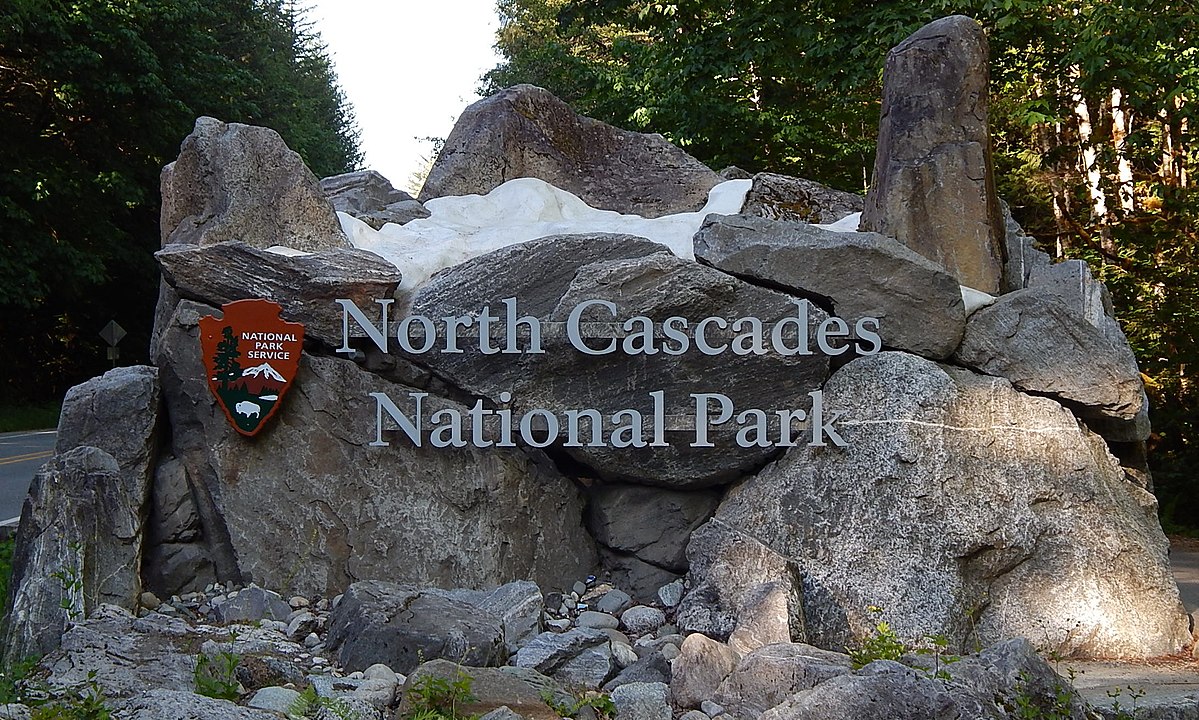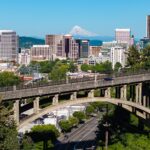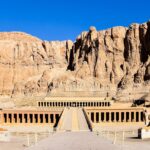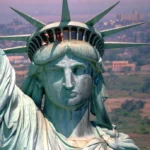Quick Bits:
North Cascades National Park is a vast and rugged landscape filled with towering peaks, lush valleys, and over 300 glaciers, making it one of the most glacier-rich parks in the United States. The park offers a remote and less crowded experience, ideal for those seeking solitude and unspoiled nature. Located in Washington State near the Canadian border, it is home to diverse wildlife, including black bears, mountain goats, and bald eagles.
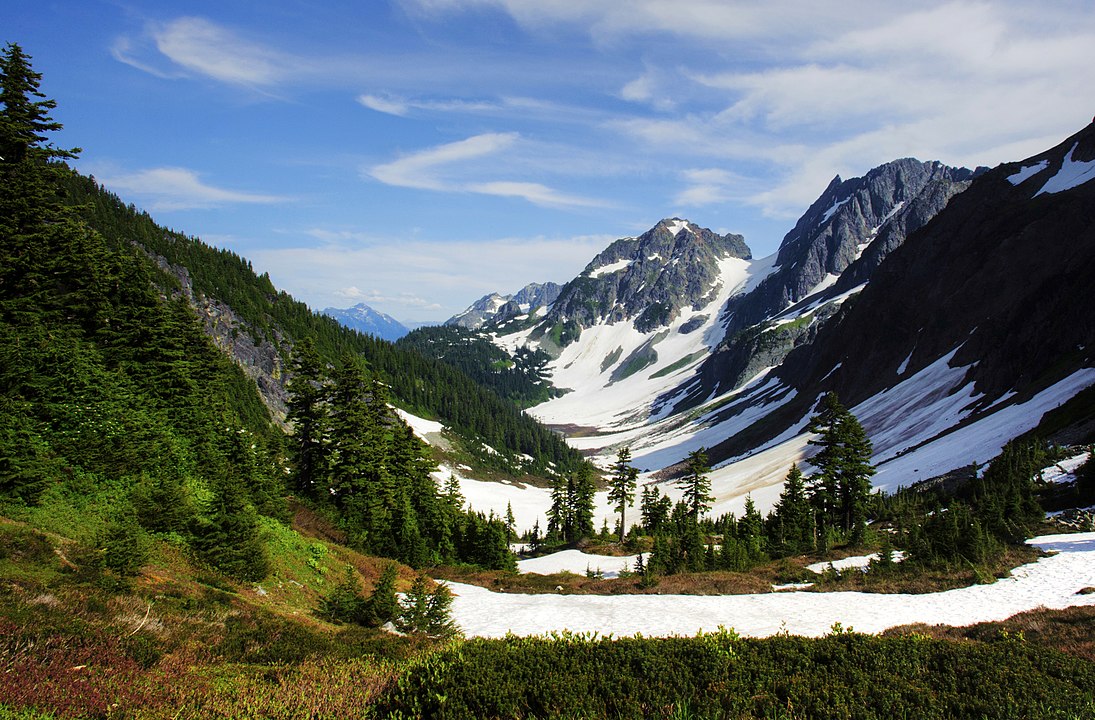
Key Highlights
- Scenic Beauty: Snow-capped peaks, dense forests, and crystal-clear lakes
- Hiking Paradise: Over 400 miles of trails, ranging from easy walks to challenging backcountry routes
- Glacier Views: Largest concentration of glaciers in the lower 48 states
- Wildlife Watching: Opportunities to see bears, marmots, and golden eagles
- Remote Escape: Less crowded than other national parks, ideal for solitude seekers
- Ross Lake & Diablo Lake: Stunning turquoise waters surrounded by rugged terrain.
General Information
North Cascades National Park spans over 500,000 acres in Washington State. It forms part of the North Cascades National Park Complex, which includes Ross Lake and Lake Chelan National Recreation Areas. The park remains one of the least developed in the national park system, providing an authentic backcountry experience.
Access to the park is mainly through State Route 20, also called the North Cascades Highway. It is a seasonal road, often closed due to snow from late fall to early spring. The nearest towns with accommodations and amenities include Marblemount and Winthrop.
Camping is the primary lodging option within the park, with both drive-in and backcountry sites available. No entrance fee is required, making it one of the few national parks that remain free to visit.
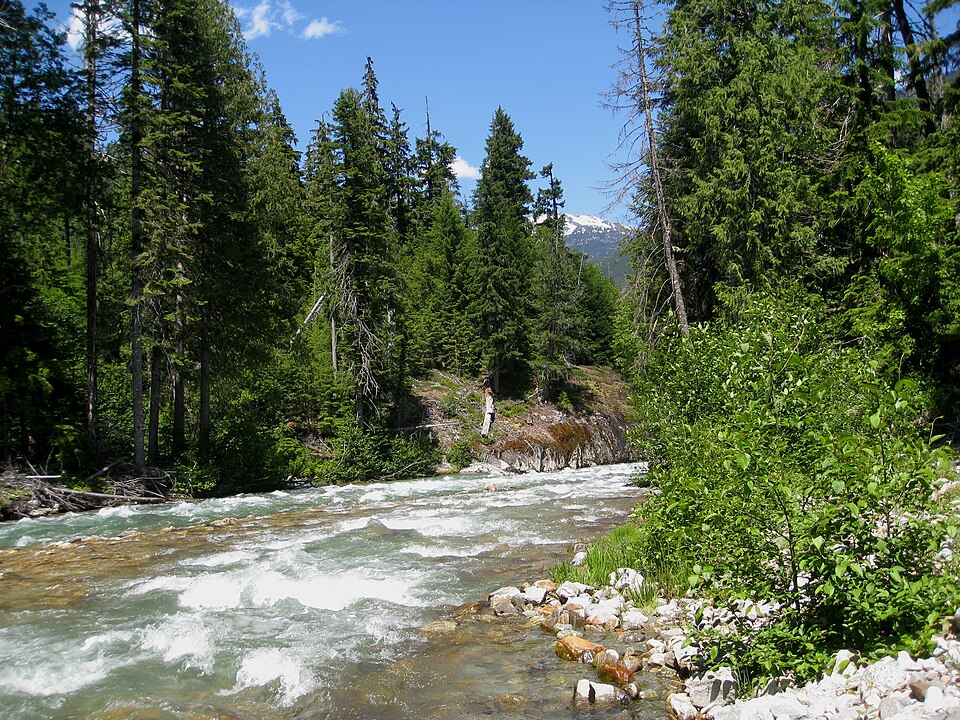
Geography Information
North Cascades National Park is part of the Cascade Range, a rugged mountain system stretching from British Columbia to Northern California. The terrain features deep valleys, steep cliffs, and glacial-fed rivers. Elevations range from under 1,000 feet in valleys to over 9,000 feet at the highest peaks.
The park has a temperate rainforest ecosystem on the western side, influenced by Pacific Ocean moisture. The eastern portion is drier, transitioning into a more arid climate with pine forests and open meadows. These dramatic environmental shifts support a wide range of plant and animal species.
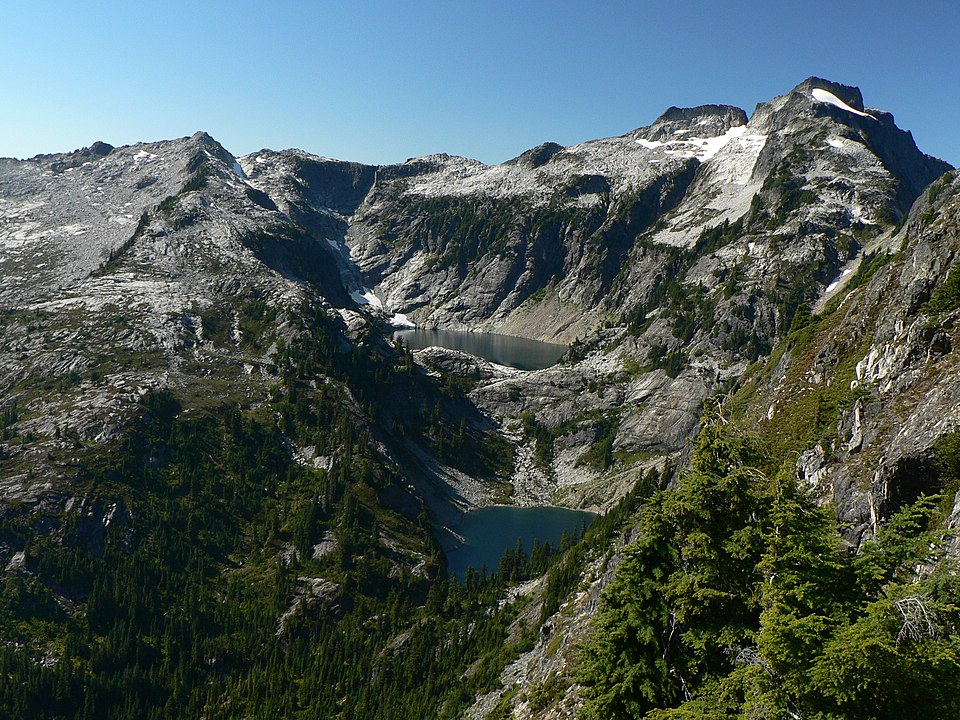
Places to Visit
Diablo Lake
- Bright turquoise waters created by glacial silt
- Popular for kayaking, canoeing, and scenic boat tours
- Diablo Lake Overlook offers breathtaking panoramic views
Cascade Pass
- One of the most accessible yet rewarding hikes in the park
- Views of snow-covered peaks, wildflower meadows, and glaciers
- 7.4-mile round trip with a moderate elevation gain
Ross Lake
- A 23-mile-long reservoir surrounded by wilderness
- Ideal for fishing, paddling, and remote camping
- Canoe and kayak rentals available at Ross Lake Resort
Stehekin
- A remote village accessible only by boat, plane, or hiking
- Known for its historic one-room schoolhouse and Stehekin Bakery
- Gateway to deep backcountry trails and serene lake views
Thunder Creek Trail
- Dense old-growth forest and multiple bridge crossings
- Follows a roaring glacial-fed creek deep into the wilderness
- Can be hiked as a day trip or extended into a multi-day trek.

Yearly Climate
North Cascades National Park experiences distinct seasons, each offering unique conditions. Winters are cold and snowy, with temperatures ranging from 15 to 40°F. Snowshoeing and ski touring are popular activities during this time. Spring sees moderate rainfall and rising temperatures between 30 and 60°F, making it the best season for witnessing waterfalls at peak flow. Summer, from July to September, is the ideal time for hiking and camping, with temperatures between 50 and 80°F and minimal rainfall. Fall, from late September to October, brings vibrant autumn colors and increasing rainfall, with temperatures ranging from 30 to 65°F.
Best Time of Year to Visit
- Summer (July – September) is the best time for hiking, sightseeing, and camping. Trails are clear of snow, and temperatures are comfortable.
- Fall (Late September – October) offers stunning foliage, fewer crowds, and cooler weather.
- Spring (April – June) is ideal for waterfall lovers, as melting snow feeds dramatic cascades.
- Winter (November – March) is best for solitude seekers who enjoy snowshoeing and backcountry skiing.
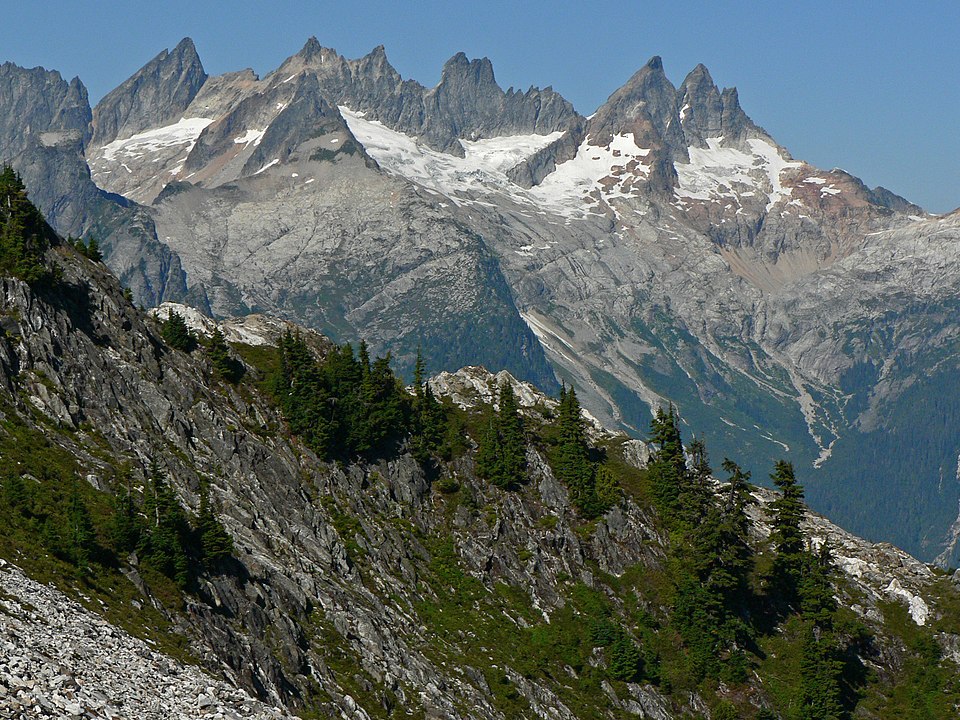
In Summary…
North Cascades National Park is a paradise for nature lovers, offering breathtaking mountain scenery, pristine alpine lakes, and vast backcountry trails. With its rugged landscape, diverse wildlife, and minimal crowds, it stands as a premier destination for adventure seekers and solitude lovers alike. Whether exploring glacial valleys, paddling on Ross Lake, or hiking to panoramic viewpoints, this national park delivers an unforgettable experience.

